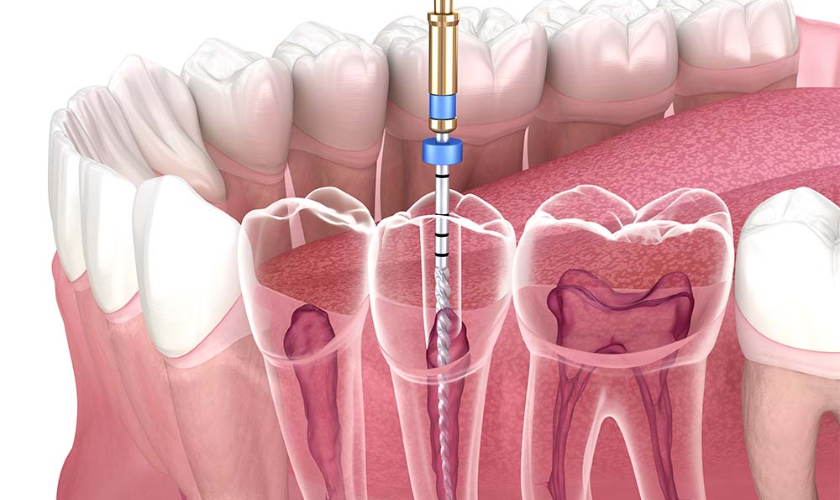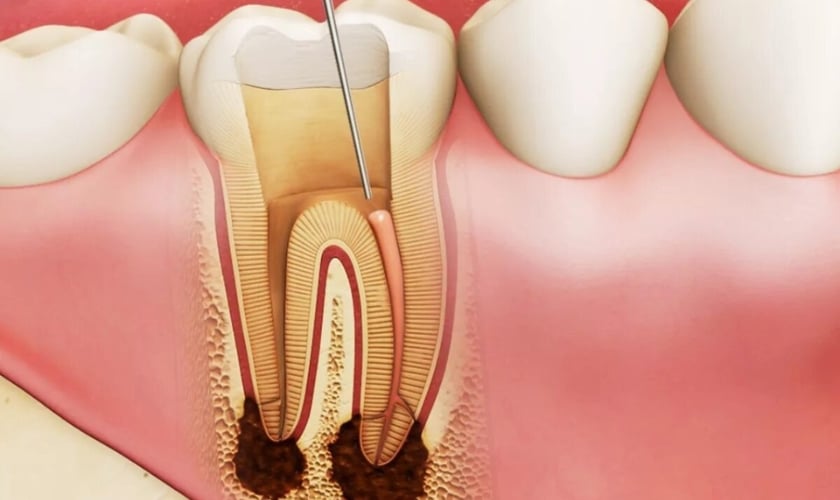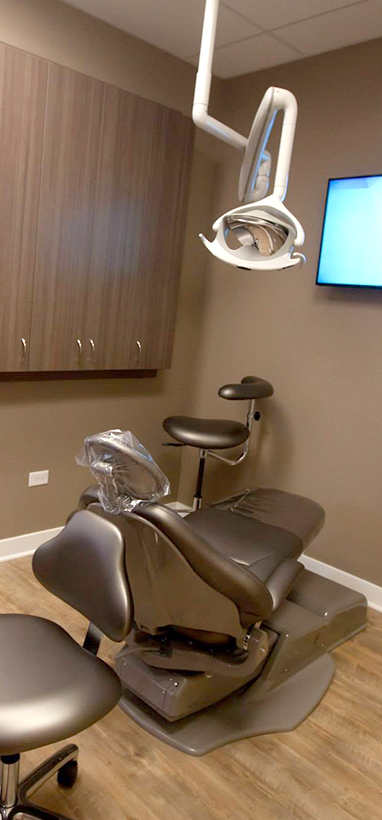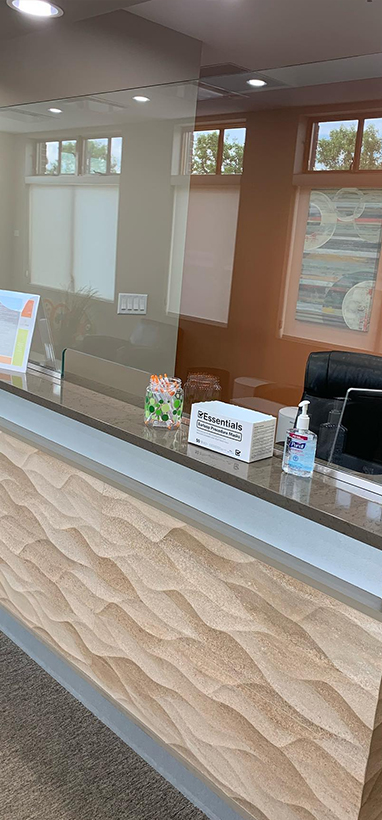1516 Legacy Cir, Naperville, IL 60563
Signs of a Failed Root Canal and How Living Well Dental Can Help

Root canal therapy is a common and very effective dental procedure designed to save a tooth from being removed. It’s a tooth-saver for so many, relieving severe pain and restoring the use of a tooth. In a few instances, however, a previously treated tooth may have problems, leading to what is referred to as a “failed root canal.”
It’s important to know that a root canal’s long-term success rate is very high, often exceeding 95%. Still, factors like a new cavity, a cracked tooth, or a missed canal can compromise the original treatment. The body’s natural healing process sometimes doesn’t go as planned, leading to lingering issues. If you’ve had a root canal in the past and are now experiencing discomfort or other symptoms, it’s worth considering the possibility of a problem.
Common Signs of a Failed Root Canal
Signs of a root canal failure can be diverse, but they do tend to come on over time. One of the most common signs is annoying pain or discomfort in the treated tooth. This is not the regular soreness you would expect after the procedure; this is an irritating ache or spiking pain that will not go away. This could feel like the ache you experienced before your root canal.
Another clear sign is swelling. If you notice swelling on the face or gums near the tooth, it could be a sign of infection. The swelling signals that something’s wrong under it. Similarly, pimple-like swelling on your gum, which is referred to as a fistula, is a definite sign of a chronic infection that needs to be treated immediately. When you have a root canal failure, your body is trying to drain out the infection.
Why Does a Root Canal Fail?
The reasons for a root canal failure often have to do with the initial procedure or another issue with the tooth. Sometimes a very tiny, convoluted canal in the root structure of the tooth might have been missed during the initial treatment. If this happens, bacteria can remain behind and multiply, causing an infection again. A fresh cavity on the treated tooth will also allow the root canal filling to sit in contact with bacteria and cause a re-infection.
Also, a fracture or crack in the crown or root of the tooth can allow bacteria to penetrate.
This is usually an issue if the crown isn’t fitted in the way it should be after the initial procedure or if the tooth faces extreme pressure. If you experience pain, it’s best to have a dentist examine the situation. For the right evaluation, it’s better to visit a dental office that has experience in complex dental conditions like root canal therapy.
Obtaining a Solution for a Failed Root Canal
If you suspect that you have a failed root canal, the first and most crucial step is obtaining a professional assessment. An evaluation, with digital dental X-rays, will help to determine the cause of the issue. Your dentist will look for any sign of infection, a canal that was lost, or a fracture. Once the trouble is identified, there are treatments to be done. The most common remedy is a retreatment. With this procedure, the old filling material is removed, the canals are again cleaned and sterilized, and the tooth re-sealed. This gives the tooth a second chance to heal.
In other instances, an apicoectomy may be the option. This is a small surgical procedure in which the very end of the tooth root is removed, as well as any infected tissue, in order to attack the issue at its source. Though these procedures may seem daunting, they are sound solutions for saving a tooth that would otherwise be lost. A consultation with your dentist is the best method of figuring out which option is best for you.
Schedule an appointment with our dental office to speak with us about it. We’d be more than happy to help you get back to feeling comfortable and sporting a healthy, proud smile.










